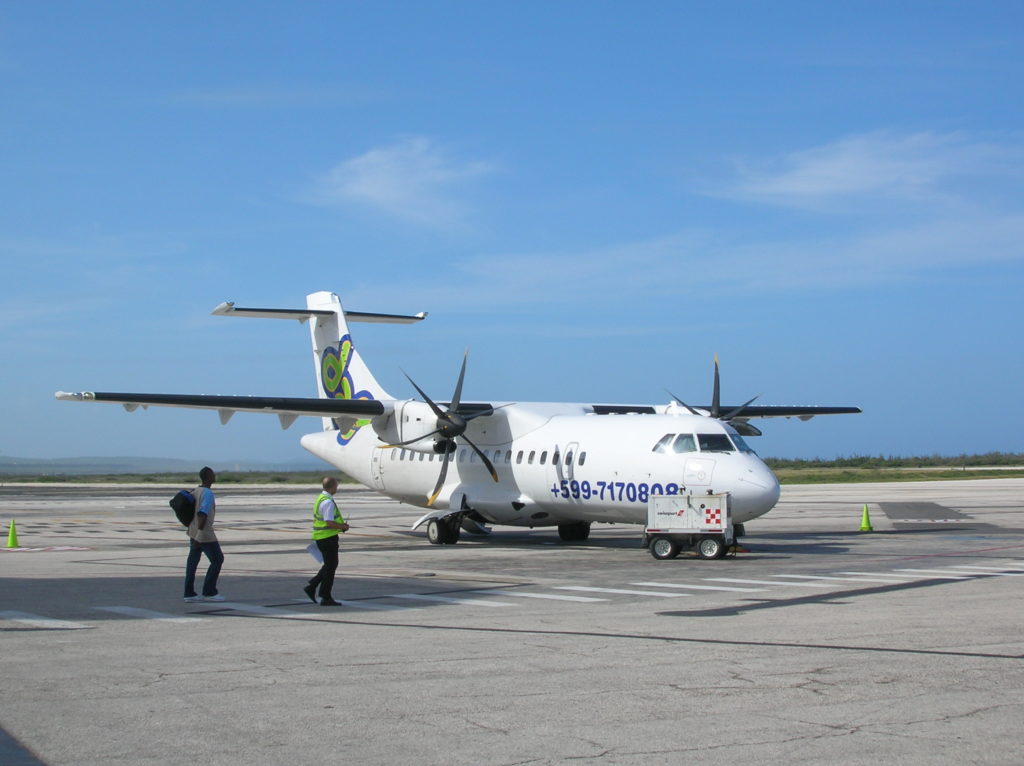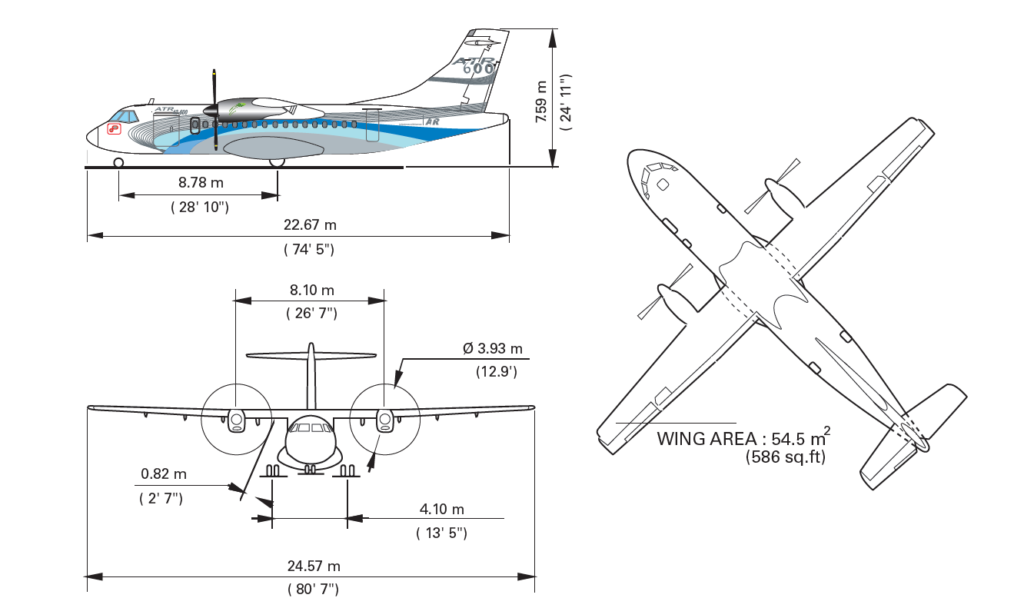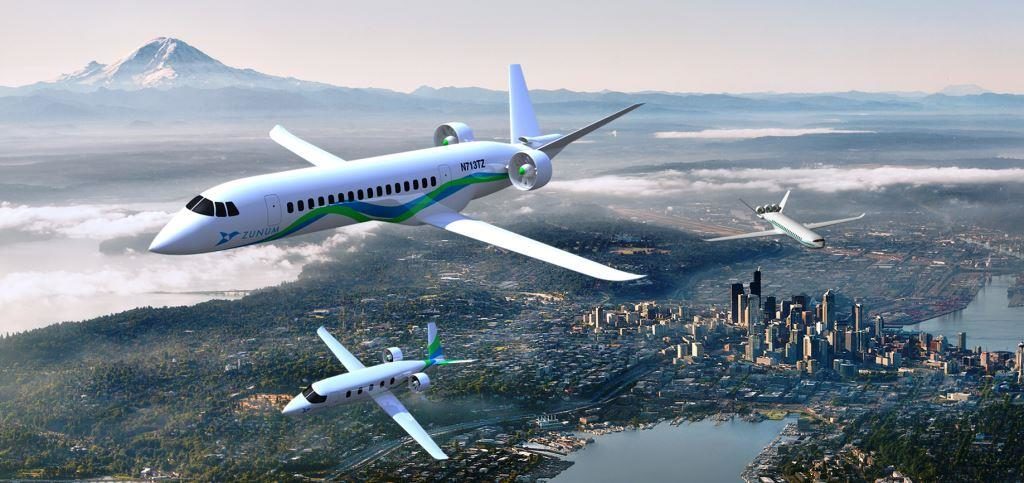Leeham News and Analysis
There's more to real news than a news release.
Bjorn’s Corner: Electric aircraft, Part 10
September 1, 2017, ©. Leeham Co: in the nine previous Corners, we looked at 50-seat regional jets and turboprops with hybrid electric propulsion systems.
We have seen that at the state of technology until the mid-next decade, such aircraft have dubious efficiency. The hybrid propulsion chain weighs too much, and can at best match the propulsion efficiency of gas turbine based aircraft when one includes any airframe gains that can be made.
We will now finish the series by looking at a pure electric concept, designed for extremely short-haul routes. The Zunum Aero 10-seat commuter in Figure 1 will be our reference for such a design.
Read more
Bjorn’s Corner: Electric aircraft, Part 9
August 25, 2017, ©. Leeham Co: We finished the weight sizing of the hybrid propulsion system for our 50-seat regional turboprop in the last Corner. Now we go a bit more into detail. There are additional parts needed in the system that we skipped over last time.
We discuss the impact of these additional components and any gains we can make with the aircraft configuration.
Bjorn’s Corner: Electric aircraft, Part 8
August 18, 2017, ©. Leeham Co: In this Corner, we will finish the design of the hybrid propulsion system for our 50-seat regional turboprop. We use the ATR42-600 as a reference, as before (Figure 1).
We found an acceptable redundancy concept in the previous Corner, with an APU+generator+battery as backup power source. Now we will finish the design of the hybrid propulsion chain and compare with the original turboprop propulsion.
Read more
Bjorn’s Corner: Electric aircraft, Part 7
August 11, 2017, ©. Leeham Co: In this Corner, we will design the hybrid propulsion system for our 50-seat regional turboprop. We could see in previous Corners that we can’t use batteries as a backup for our gas turbine core and main generator.
The battery gets too heavy as the specific power weight of a battery is simply too low. We will now design a hybrid power chain with a different redundancy concept.
Bjorn’s Corner: Electric aircraft, Part 6
August 03, 2017, ©. Leeham Co: In our search for an electric regional aircraft configuration, we found that a jet aircraft requires too high power levels. The higher speeds of a jet aircraft take the power levels beyond what we can handle with an electric hybrid propulsion system.
Our ambition is to transport 50 passengers on a regional network. For networks which have sectors around 200-300nm, the turboprop is the preferred regional aircraft. We will now re-direct our hybrid regional aircraft project to this market segment.
Bjorn’s Corner: Electric aircraft, Part 5
July 28, 2017, ©. Leeham Co: In the last Corner, we looked at the mass of the propulsion components for a regional airliner.
Now we complete the mass estimations for the complete hybrid electric system.
We do that for our aircraft project, which is a regional jet airliner with 50 seats. It’s using a hybrid propulsion system with four electric propulsors fed by a Gas turbine driven generator. The system uses a battery as a redundant energy source.
Bjorn’s Corner: Electric aircraft, Part 3
July 14, 2017, ©. Leeham Co: In the last Corner, we developed a hybrid aircraft propulsion system and looked at system efficiencies. Today, we look a bit deeper at how hybrid propulsion can be implemented on an aircraft.
What are the advantages on an aircraft level, that such a chain can have? Can aircraft level efficiencies compensate for more parts and lower propulsion efficiency of a hybrid systems?
Bjorn’s Corner: Electric aircraft, Part 2
July 07, 2017, ©. Leeham Co: In last Corner we could see that battery driven electric aircraft will be for the extreme short-haul.
The stored energy per kg battery is 70 times lower than for fuel. In addition the weight is constant. Fuel gets burned off during the flight.
A more useful configuration is the hybrid, which adds a combustion driven generator as energy source.
Bjorn’s Corner: Electric aircraft, Part 1
June 30, 2017, ©. Leeham Co: One of the areas I explored while at Paris Air Show last week was electric aircraft technology. With electric aircraft, we mean an aircraft where the propeller/fan is driven my an electrical motor.
We don’t talk about “more electrical aircraft systems” like for the Boeing 787.
One of the companies investing in technology for electric aircraft is Siemens. A Siemens-engined aerobatic aircraft, the Extra 330LE, made daily flight displays during the show.







